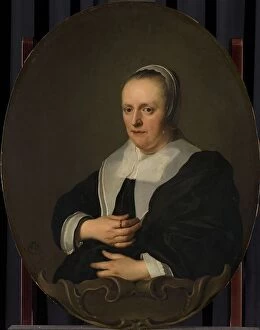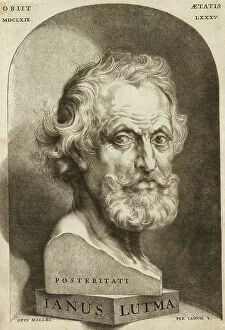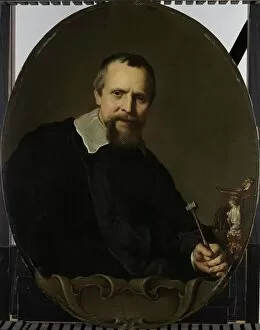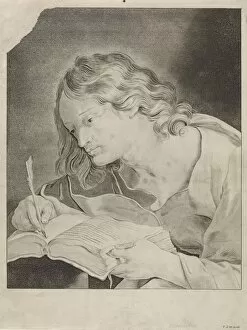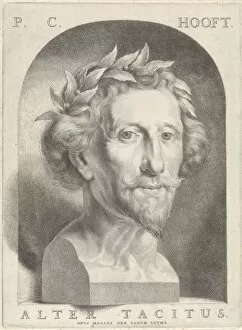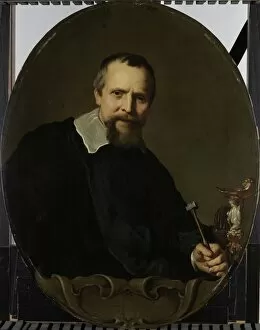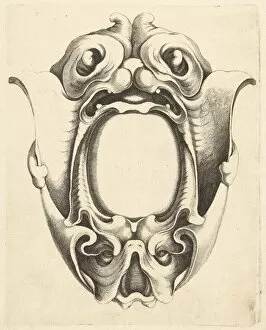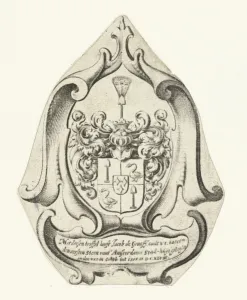Johannes Lutma Collection
"Johannes Lutma: A Master Goldsmith and Renaissance Artist" Step into the world of Johannes Lutma, a prominent figure in the art scene of 17th-century Amsterdam
All Professionally Made to Order for Quick Shipping
"Johannes Lutma: A Master Goldsmith and Renaissance Artist" Step into the world of Johannes Lutma, a prominent figure in the art scene of 17th-century Amsterdam. Born in 1584, this talented goldsmith left an indelible mark on the artistic landscape with his intricate creations. One of his most famous portraits is "Jan Lutma, 1656, " immortalized by none other than Rembrandt Harmensz van Rijn. This captivating piece showcases Jan Lutma's refined features and serves as a testament to both artist's skills. As an elder statesman, Johannes Lutma was not only known for his craftsmanship but also for his versatility. He dabbled in various mediums such as woodwork and stone carving, earning him accolades for his expertise across different materials. Lutma's mastery extended beyond portraiture; he also created ornamental fountains reminiscent of Trajan's Fountain Column in Rome. These grand structures added elegance and charm to public spaces while showcasing Lutma's ability to blend functionality with artistic flair. In addition to sculptures, Johannes crafted portrait busts that captured the essence of renowned poets like Pieter Corneliszoon Hooft and Joost van den Vondel. His attention to detail brought these literary giants to life through marble or bronze masterpieces. Another notable work attributed to Johannes is "Portrait of Johannes Lutma" by Jacob Adriaensz Backer. This painting beautifully portrays our subject with grace and dignity, highlighting their close relationship as fellow artists during that era. The collaboration between Johannes and Jacob didn't stop there; they worked together on cartouches featuring masks – symbols often associated with theater or mystery – which showcased their combined creativity under Frederik de Wit's printmaking expertise.

